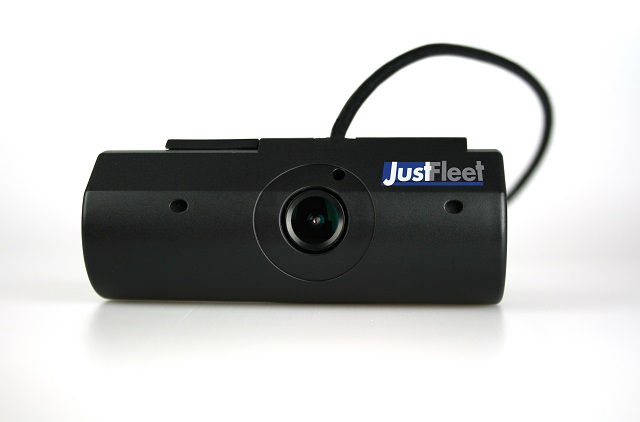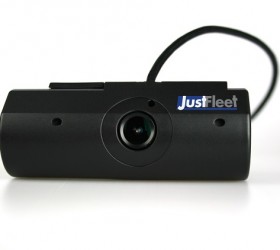Just Fleet, the first dedicated motor fleet insurance broker in the UK to fit all vehicles with a 3G forward-facing accident camera, has launched a risk management solution designed to help road transport operators to improve safety and reduce insurance costs. The offering will combine proactive driver monitoring to identify areas of risk within the business along with post-accident intervention to support client claims and gain added insight of events.
 A dedicated risk management team will monitor near misses and harsh driving events captured by the 3G vehicle cameras, to track driver performance and identify areas of improvement within the fleet operation. This will enable Just Fleet to make recommendations, such as driver training or engagement, based on actual events to prevent collisions/incidents before they happen and ultimately contribute to a reduction in insurance premiums and claims costs.
A dedicated risk management team will monitor near misses and harsh driving events captured by the 3G vehicle cameras, to track driver performance and identify areas of improvement within the fleet operation. This will enable Just Fleet to make recommendations, such as driver training or engagement, based on actual events to prevent collisions/incidents before they happen and ultimately contribute to a reduction in insurance premiums and claims costs.
Meanwhile, post-collision/incident analysis via FleetWatch will ensure that transport operators have a complete picture of any incident. Just Fleet will reconstruct the collision, including events leading up to the incident, so there is a clear understanding of who was at fault and whether anything could have been done differently to avoid the situation. Where appropriate, the company will also undertake a site visit to the scene of a collision, so it is best placed to defend the client, mitigate third-party claims and capture any learnings regarding fleet risk.
Ben Burford, Managing Director of Just Fleet commented: “This latest offering will enable our insurance clients to gain added insight into their fleet operation. Recent analysis of 3G vehicle camera footage found that 65 per cent ofcollisions were preventable, so our proactive monitoring will help identify potential areas of risk and allow clients to take steps to address these issues. However, when an incident does occur post-collision/incident analysis will provide complete understanding of what took place and why, to support the claims process and reduce associated costs.”




